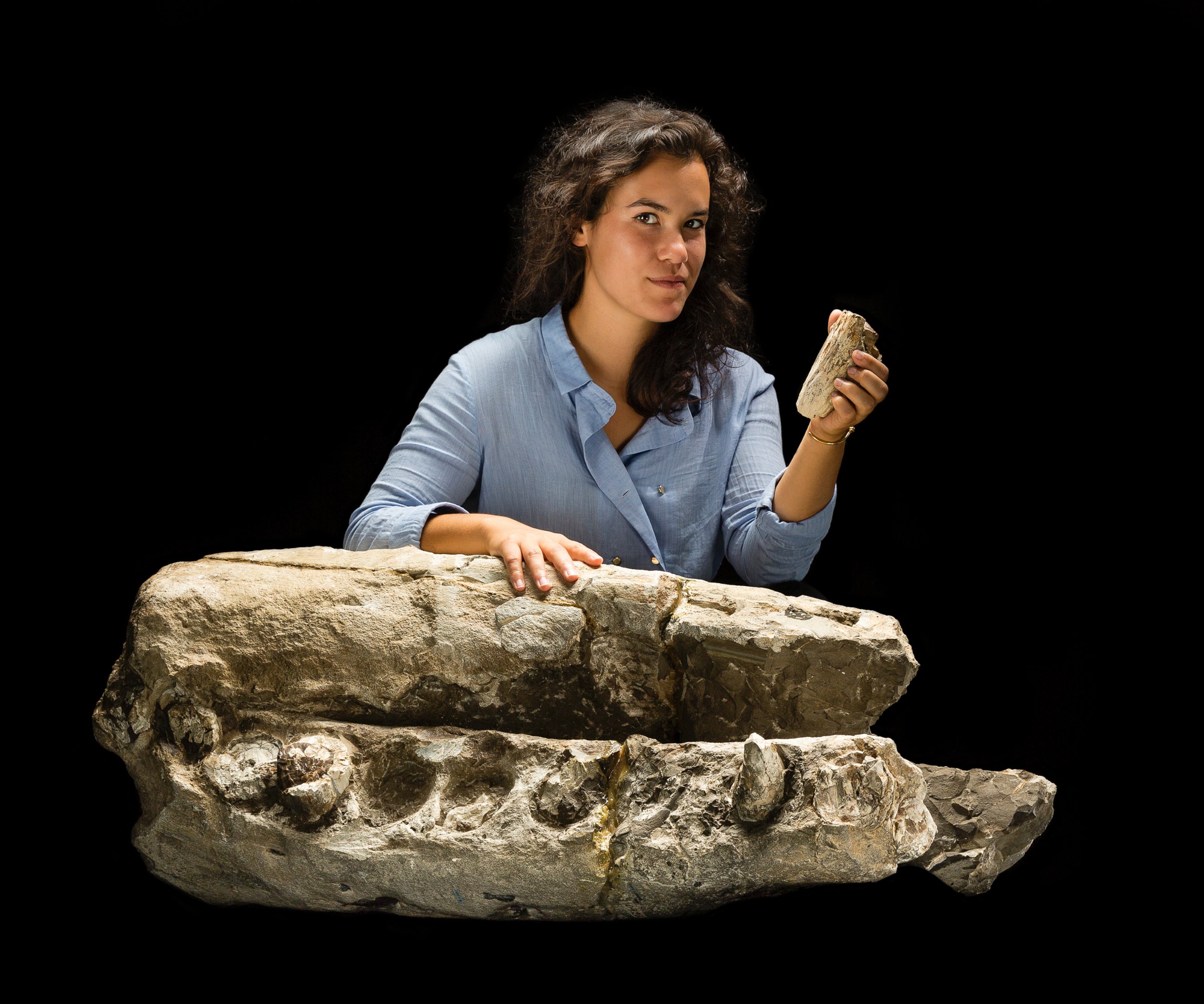Smithsonian Scientists Name New Species of Sperm Whale
Scientists at the Smithsonian have identified new whale species.
— -- Scientists at the Smithsonian’s National Museum of Natural History have identified a new species of sperm whale, Albicetus oxymycterus, adding a new branch to the sperm whale family tree.
Originally collected from the sea cliffs in Santa Barbara, California, in the 1880s, the 15 million-year-old fossils were originally identified as belonging to an extinct walrus by Smithsonian scientist Remington Kellogg in 1925.
For decades, the fossils remained in the Smithsonian’s vast collection until Nick Pyenson, co-author and curator of marine mammals for the Smithsonian’s Department of Paleobiology, and Alex Boersma, the study’s lead author and a research student at the museum at the time, re-investigated the specimens.
By comparing the fossils, which include the skull, jaws and teeth of the extinct species, to that of modern sperm whales, Pyenson and Boersma showed that this was not a walrus, but rather a sperm whale with teeth that looked quite large in comparison to its relatively modest length of roughly 20 feet.
The team released their findings in a paper in the journal PLOS One on Dec. 8.
The ashen white color of the fossils lead the team to name the new genus Albicetus, or “white whale,” in honor of the famous whale from Herman Melville’s book "Moby-Dick."





